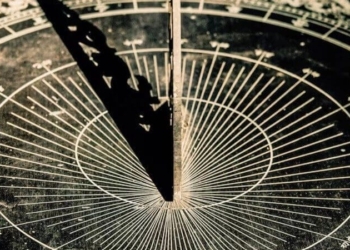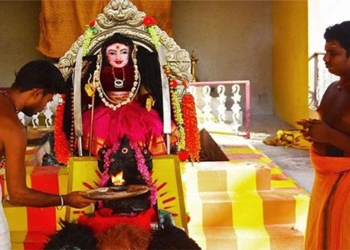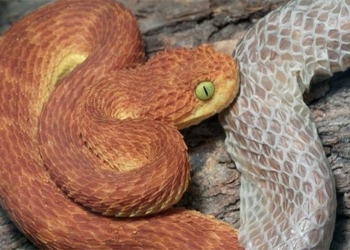The owner of 9,999 auspicious bats was Heshen, a favored minister during the reign of Emperor Qianlong (Qing Dynasty, China).
According to Wikipedia, Heshen (1750-1799, aged 49) belonged to a family of military merit, with an ancestor five generations back who was awarded the title of Third Class Sub-Commander for helping the Qing Dynasty enter the Central Plains.
Heshen was a prominent minister during the Qianlong era, notorious for his corruption and cruelty. His embezzled wealth amounted to one billion taels of silver, equivalent to ten years of tax revenue for the Qing Dynasty. Whatever the imperial palace possessed, Heshen’s residence had it as well. What was found in Heshen’s estate was often not even present in the imperial court.
As recorded by the historian Shi Wei Hua, Heshen’s residence, the Prince Gong Mansion, was vast and magnificent, divided into three main avenues: East, Central, and West, with imposing architecture that exuded grandeur, wealth, and exquisite craftsmanship. The opulence of the Prince Gong Mansion was striking, with a welcoming entrance displaying the character “福” (Fu, meaning blessing) inscribed by Emperor Kangxi.
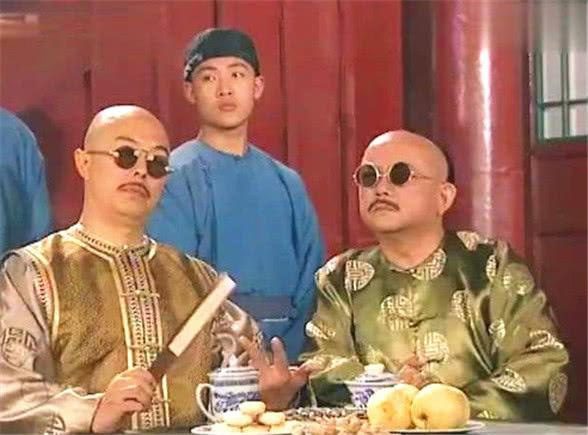
Whatever the imperial palace had, Heshen’s residence had it too (a depiction from the historical drama ‘The Hunchbacked Prime Minister Liu’). (Illustrative image).
Notably, Heshen’s residence featured many symbolic bat-shaped architectures, including the Fu Chi (Bat Pond), Fu Chang (Bat House), and Fu He (Bat River) – collectively known as the Three Great Blessings.
Why did Heshen favor decorating his mansion with bats?
It is said that his ancestors were once saved by a swarm of bats in a moment of peril. Therefore, Heshen worshipped bats as sacred creatures.
Moreover, in Chinese, the word for “bat” (蝙蝠, bianfu) sounds similar to the word for “blessing” (福, fu), symbolizing marital harmony and longevity.
Heshen’s fondness for bats led him to construct the Three Great Blessings, and throughout his estate, bat motifs were intricately carved to spread blessings across the mansion. A total of 9,999 bats were counted throughout the estate, just one short of the auspicious number 10,000.
The missing bat was later interpreted as Heshen’s desire to seek “ten thousand blessings”. However, aware of his numerous immoral deeds, he intentionally left one bat out to align with the truth that “a full moon will wane, and a full cup will overflow,” ensuring sustainability.
Despite being ruthless and immoral, Heshen was also known for his straightforwardness, believing that “kindness must be repaid.” A notable instance occurred when he oversaw the imperial examination, and two individuals with the surname Wu, who had failed multiple times, sought his assistance.
Heshen, remembering their past, covertly bribed eunuchs to learn which sections of the “Four Books” Emperor Qianlong had been reading and what topics he was currently interested in, allowing him to accurately predict the examination topics. That year, thanks to Heshen’s help, the two Wu scholars passed and successfully embarked on their official careers.
After Qianlong’s death, Emperor Jiaqing issued an edict to confiscate Heshen’s assets and sentenced him to death by slow slicing—a torturous execution. However, he later decided to spare Heshen from this fate, forcing him to commit suicide instead and pardoning his family.
Thus, although Heshen cherished “blessings,” desired “blessings,” and undoubtedly studied them extensively, his overwhelming greed prevented him from understanding the true essence of “blessings”—which should be “blessings derived from virtue” or “blessings that are not genuine are like a tree without roots.”
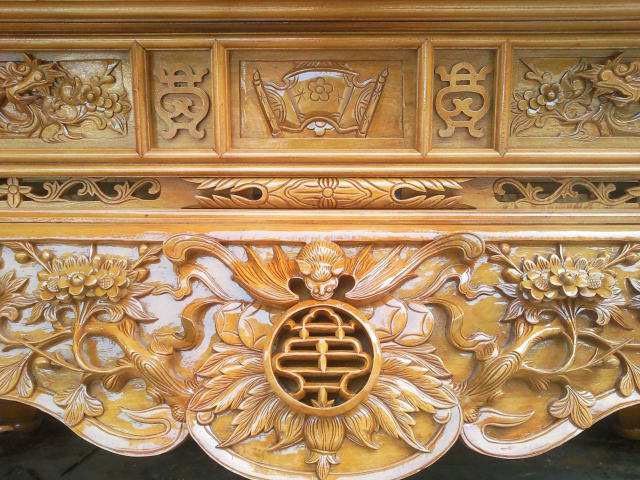
The bat symbol is always associated with the character “福”. (Illustrative image).
Furthermore, regarding Heshen’s bats, these creatures were believed by ancient people to symbolize longevity. It was said that a longevity bat could live for 1,000 years, at which point it would turn snow-white. The book “Bao Fa Zi” states: “A thousand-year-old bat, dried and ground into powder, can help a person live for ten thousand years.”
The bat symbol is always associated with the character “福”. Although the character “福” has existed since the oracle bone script, its imagery was quite ambiguous. To make the character “福” more specific and visual, ancient people gradually accepted the character “福” in the term “Bat” to convey its meaning. Artworks from that time often depicted bats due to the phonetic association with the character “福” as a spiritual token that everyone desired.
Bats embody longevity and also signify family unity and auspicious prospects. Many ancestral halls and temples are designed with convenient spots for bats to roost; if bats nest there, it signifies “blessings coming to the home.” Numerous carvings like altar legs, beams, columns, and doorways in traditional Vietnamese architecture still feature bat motifs to invoke luck, peace, and longevity.
|
The Meaning of the Character 福 in Chinese The character 福: A symbol of luck, prosperity, and happiness. In the Sino-Vietnamese dictionary, the character 福 is explained through five aspects of happiness: Wealth, Nobility, Longevity, Health, and Peace, which can be interpreted as wealth in terms of money and material goods, nobility as high status, longevity as a long life, health as being strong, and peace as tranquility—all aspirations of every person. The age-old dream of the people is not to yearn for wealth and nobility but to lead a simple, beautiful, and sufficient life, filled with lasting happiness—this is true福—encompassing significant meanings of a peaceful, kind, and harmonious life. The bat symbol in feng shui represents prosperity, happiness, and longevity. Folklore suggests that bats originated from mice that transformed into bats after eating salt—due to their similar heads and bodies, they are also called “flying mice” or “immortal mice.” The bat has become a symbol of good fortune, possibly due to its phonetic association. In Chinese, the word “bat” (蝙蝠, bianfu) sounds similar to the word for “blessing” (福, fu), serving as a general term for auspiciousness and fulfillment… The bat symbol’s application is extensive, appearing in paintings featuring bats (such as “Double Blessings,” “Five Blessings…”), auspicious paintings, and decorative patterns (like “Five Blessings Bestowing Longevity,” “Blessings at Hand,” “Peaceful Five Blessings from Heaven”). The bat symbol is often used in feng shui decorations, typically painted in bright red—the color of joy and good fortune. |








































